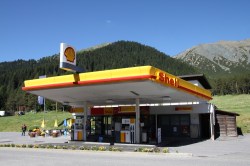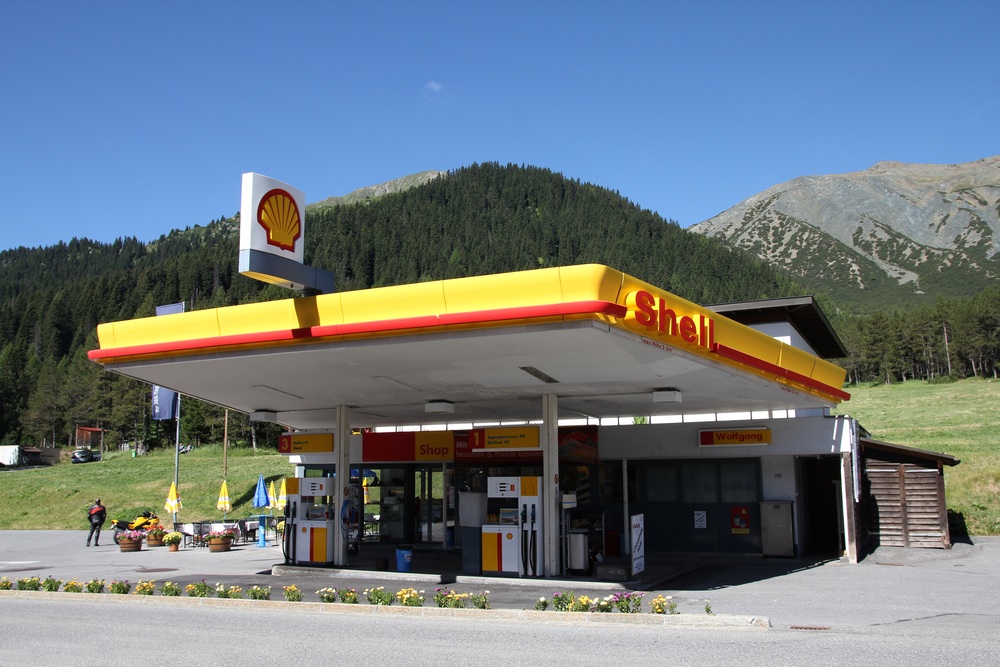
Shutterstock / TupungatoIt’s getting harder to find the oil to fill ‘er up.
Royal Dutch Shell plans to stick its oil-extracting tentacles deeper under the Gulf of Mexico than any oil company ever has.
Shell is preparing to drill 9,500 feet — nearly two miles — beneath the surface of the sea to suck oil out of a reserve that was discovered eight years ago, 200 miles southeast of New Orleans. The deepest oil well currently in operation, at 8,000 feet deep, is operated nearby in the Gulf, also by Shell.
The quest for deeper wells reflects advancing technology and increasing desperation as shallower reserves dry up. From Reuters:
[T]he project … is estimated to have 2 billion barrels of oil equivalent in place.
The lure of offshore development is a strong one, despite the expense and risk.
“Ultra-deep” wells, drilled in water at least 1.5 km (4,500 feet) deep, and often into several more kilometres of rock to the reservoir below, accounted for around half of all the world’s new discoveries in the first half of last year.
NPR’s Debbie Elliot puts the news in some perspective:
The Shell facility will be further offshore and about twice as deep as BP’s disastrous well that blew three years ago. It took months to quell that undersea gusher, in part because of the inherent difficulties and risks associated with drilling for oil so deep under the sea.
Still, deepwater exploration has picked up since the Obama administration lifted a moratorium imposed in the wake of the BP disaster.
[Analyst Lauren] Payne says there are about three dozen deepwater rigs operating in the Gulf right now, and she expects even more.
If we all were driving electric vehicles powered by renewables, there would be no need for this risky behavior by Big Oil.



